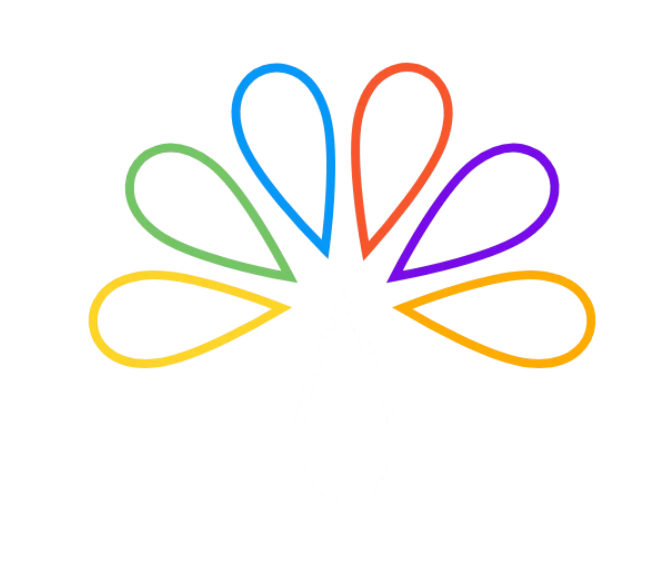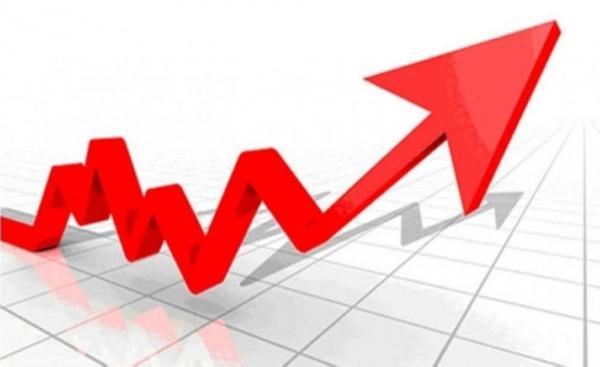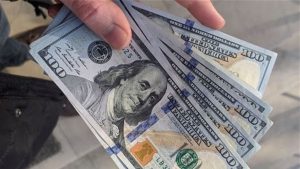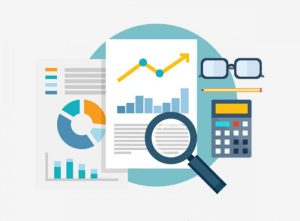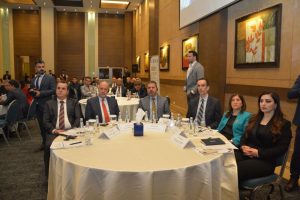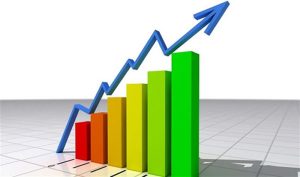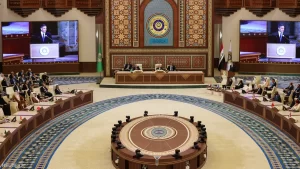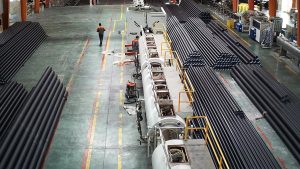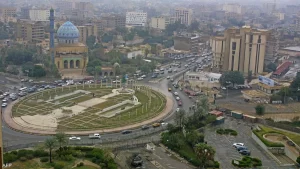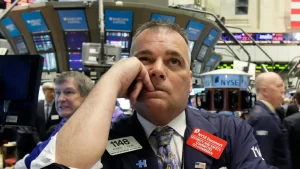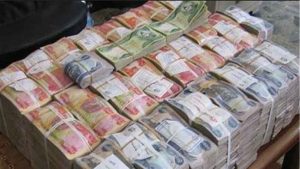Overview of the Iraqi Economy in the First Quarter of 2025
The Iraqi economy in the first quarter of 2025 experienced notable developments, influenced by fluctuations in oil prices and trends in fiscal and economic policies. This analysis aims to provide a comprehensive overview of Iraq’s economic performance during this period, focusing on key indicators and future challenges.
Gross Domestic Product (GDP) and Economic Growth
According to the International Monetary Fund (IMF) forecasts, Iraq’s real GDP is expected to grow by 5.3% in 2025, compared to an expected growth of 1.4% in 2024. This indicates a significant acceleration in economic activity, driven by a recovery in the oil sector and increased investments in non-oil sectors.
Inflation Rate and Price Stability
Forecasts suggest that the inflation rate in Iraq will rise to 3.5% in 2025. This increase may be attributed to higher domestic demand and fluctuations in the prices of essential goods. This necessitates that monetary authorities take appropriate measures to maintain price stability and enhance citizens’ purchasing power.
Banking Sector Performance
The Iraqi banking sector saw significant growth in assets and deposits during 2024, reflecting increased confidence in the banking system. This trend is expected to continue in 2025, with a focus on promoting financial inclusion and developing digital banking services to meet growing customer needs.
Financial Challenges and Public Expenditure
In September 2024, the Iraqi Prime Minister’s advisor noted that the country might face financial pressures in 2025 due to declining oil prices, the main source of government revenue. This requires adopting stricter financial discipline and reassessing public expenditure priorities, focusing on strategic projects and reducing the anticipated fiscal deficit.
International Financial Institutions’ Forecasts
The IMF has forecasted that Iraq’s economy will grow by 5.3% in 2025, ranking it eighth among Arab countries in terms of growth rate. This reflects cautious optimism regarding Iraq’s economic outlook, with an emphasis on the need for structural reforms to enhance financial and economic sustainability.
Conclusion
The performance of the Iraqi economy in the first quarter of 2025 reflects improvements in some economic indicators, such as GDP growth and the development of the banking sector. However, financial challenges remain due to the heavy reliance on oil revenues and associated fluctuations. This requires the implementation of effective economic policies to promote economic diversification, improve public financial management, and enhance long-term economic stability.
